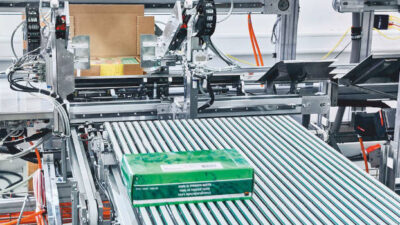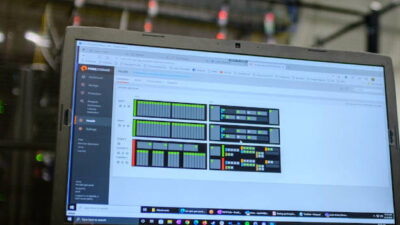While the firms you hear about in the press are certainly providing solutions that help the global CO2 problem, the unheralded champions of sustainability are the control and automation vendors.
"Green IT," "energy efficient data centers" or any other term you want to give the effort to reduce the carbon footprint of technology centers is a waste of time and money. OK, I don’t mean exactly a waste of time and money but it’s not where smart companies focus their limited resources. While it might make for some nice PR for a manufacturer to say they have energy efficient computing facilities, the real opportunities and savings lie in the bowels of their plants.
It’s estimated that 2% of global greenhouse gas emissions are related to IT. That leaves a whopping 98% of global emissions from other sources. The International Energy Agency (IEA) estimates that nearly 40% of the planet’s GHG emissions come from industrial manufacturers. Global chemical giant Dow Chemical alone uses more energy every year than The Netherlands. So why do we seemingly only hear about the carbon footprint reductions from the high tech companies like IBM, Cisco, HP and Dell? The reality and irony is that the biggest strides (and still untapped potential) for reducing global energy consumption and emissions are being made by the process control and automation vendors.
Think about this: in 2007 the IEA estimated that if manufacturing industries leveraged existing technologies, including smarter control and automation systems with a particular focus on motors, they could improve their energy efficiency by 18%-26% while reducing carbon dioxide by 19%-32%. They estimated that the cement industry alone could enjoy energy savings of over 30%. What’s striking is that these estimates did not even consider newer technologies that were not widely deployed. The good news for manufacturers, consumers and the planet is that automation vendors have toiled in relative obscurity over the past decade to develop solutions designed to help companies mine, mill, process, manufacture and produce more efficiently.
Robust process control is at the core of truly sustainable manufacturing. Consider the following:
• Honeywell’s Energy Management Solutions helped Canadian firm Catalyst Paper reduce motor loads by over 50% and reduce overall energy usage by 2%, saving the company $1M a year in energy costs.
• Cooling lubricant firm Blaser Swisslube was able to reduce CO2 emissions, increase asset uptime, and achieve up to a 45% reduction in overall energy costs by using GE Fanuc’s Proficy software.
• Saudi petrochemical giant Sabic was able to make margin-contribution-based, real-time production decisions of optimal raw material (propylene) allocations by using the predictive intelligence capabilities of the Rockwell Automation Pavlion8 software platform.
• Industrial firm Hydro Aluminum embarked on an energy optimization program at its plant in Norway, the largest plant of its kind in Europe. By leveraging ABB’s cpmPlus Energy Manager were able to increase energy efficiency while increasing production by 15%.
So while the firms you hear about in the press are certainly providing solutions that help the global CO2 problem, the unheralded champions of sustainability are the control and automation vendors. When Pepsi claims that all the electricity used to make their Sun ChipsTMcomes from the sun, know that the enabling solutions were developed by the likes of a Siemens, Rockwell Automation, Honeywell, GE Intelligent Platforms, ABB, Invensys or Emerson. The control and automation vendors: saving the globe one (manufacturing) plant at a time.
Bill Polk is a research director with industry analyst firm AMR Research.
Other articles by Bill Polk:
New automation strategies can transform how-and where-products are made
Tremendous opportunity ahead in automation software



